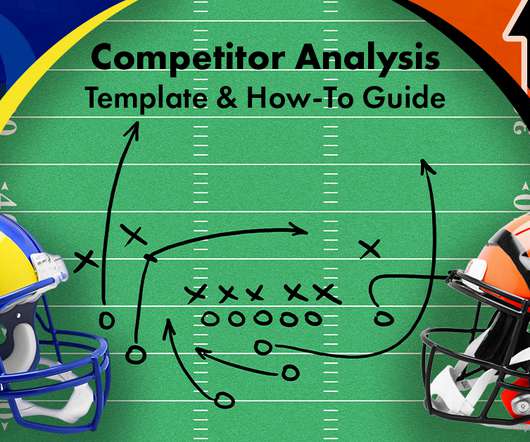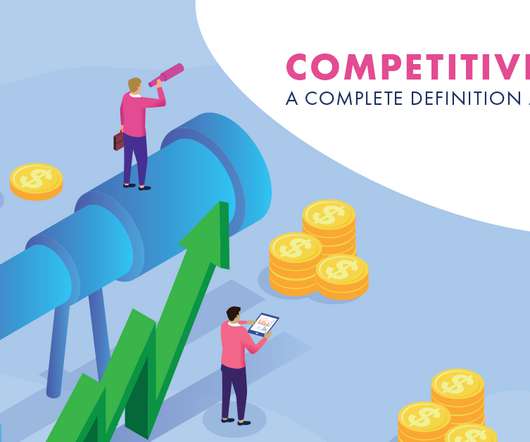Boost Your Win/Loss Program with Answers to 5 Questions
Ellennaylor
MAY 1, 2018
Last week, I gave a webinar for the Minnesota SCIP chapter entitled, Win/Loss Analysis: How to Capture and Keep the Business You Want. It was moderated by Michelle Winter of SCIP and Julie Johnson , Minnesota SCIP chapter leader. They also won’t give a Win/Loss interview for free. That is the essence of Win/Loss.













Let's personalize your content